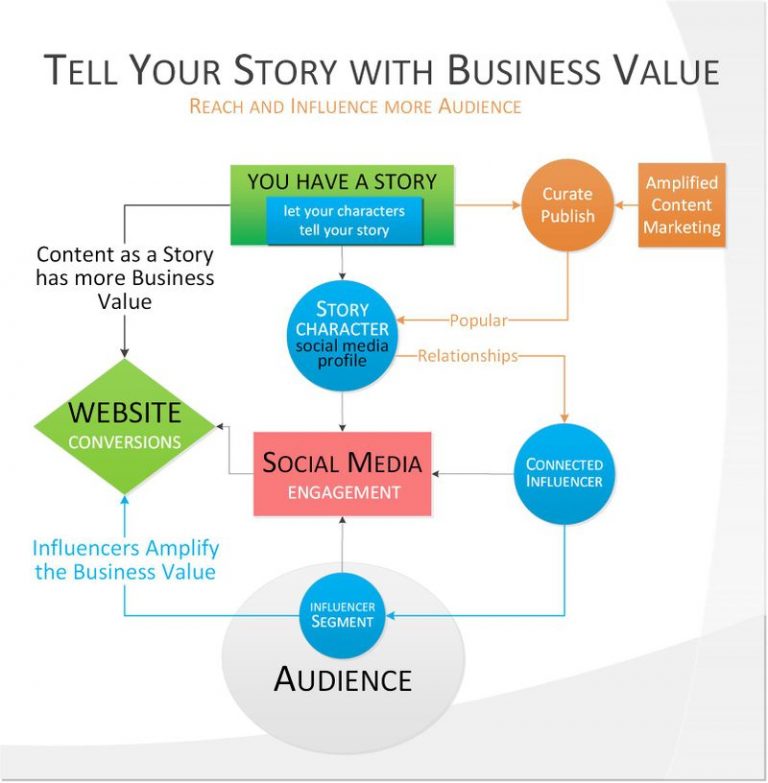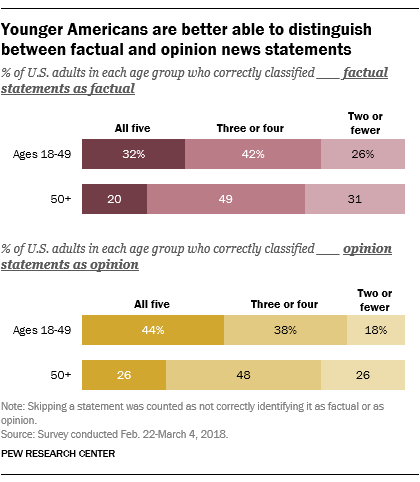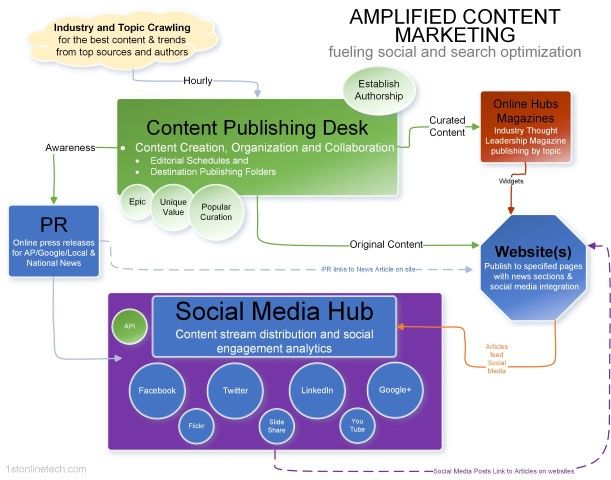According to a new analysis from the Pew Research Center, Americans ages 18–49 were more likely to accurately categorize factual statements as facts and opinion statements as opinions. You can test your own ability here, no matter your age. Read “What is Fake News” at https://guides.libraries.psu.edu/fakenews Fake News: Sources that intentionally fabricate information, disseminate deceptive […]
Attracting Audience Attention
How to Attract an Audience with Creating Captivating Content To be successful, every business has to tell its stories. These days, such stories are usually told through posting content online in blogs, articles and social media. But just pushing content onto the web is meaningless if it doesn’t interest the audience. In an online world […]
Younger generations are actually better at telling news from opinion than those over age 50
According to a new analysis from the Pew Research Center, Americans ages 18–49 were more likely to accurately categorize factual statements as facts and opinion statements as opinions. You can test your own ability here, no matter your age. Read “What is Fake News” at https://guides.libraries.psu.edu/fakenews Fake News: Sources that intentionally fabricate information, disseminate deceptive […]
During the 2016 US election you might have followed Russian Hacker Fake News
Facebook has a new tool that will inform if you followed Russian Hacker propaganda or as Trump puts it, Fake News. In a stark admission that Russia probably did influence the 2016 US election, amongst other events (hello Brexit), the tech giant will now tell you if you like or follow a page from a […]
AI-Fueled Storytelling Takes Customer Experience to the Next Level
Storytelling to the Next Level We now have the ability to use dynamic content, data and intelligent automation to improve customer experiences Customers value experiences, and those experiences often come in the form of stories. Selfies, social feeds, chats and influence stats grab consumers’ attention, who in turn share their personal encounters. We have Snapchat […]



